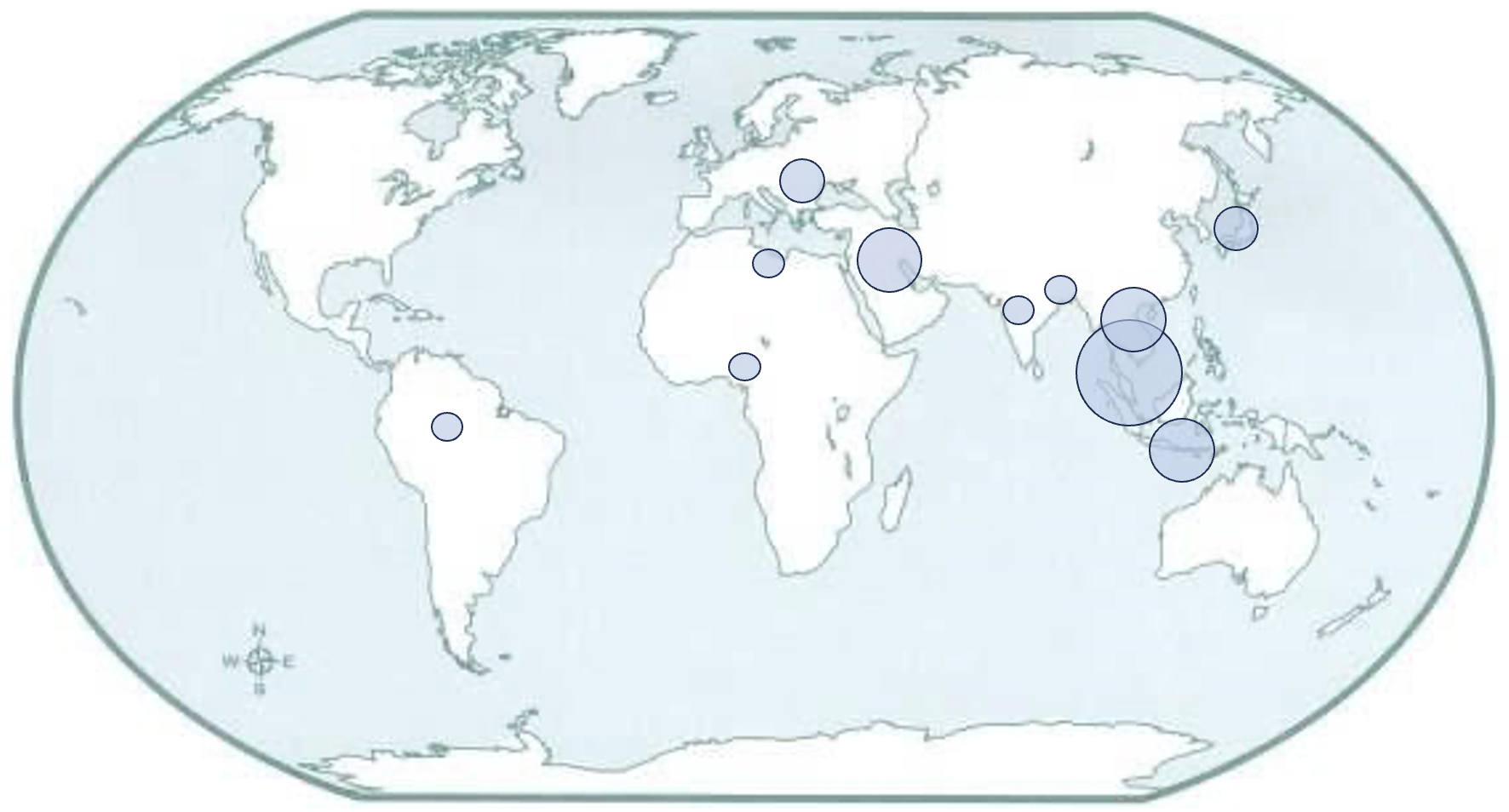Thermal Management System Based on Phase Change Material (PCM) and Heat Pipe in Lithium-ion Electric Vehicle Batteries
Keywords:
Battery thermal management system, phase change material, Soywax, heat pipeAbstract
The high working temperature in the battery can cause a thermal runaway, decrease in battery capacity, and reduce the discharge cycle. Therefore, a thermal management system is needed to maintain the temperature of the battery when operated on highperformance electric vehicles, required a reliable thermal management system with light weight, compact size, and able to increase the efficiency of battery performance. So, the aim of the research is to analyze of battery thermal management using PCM and heatpipe, the effectiveness of using PCM and heat pipe. The PCM used in this experiment soy wax with a melting point of 38.49°C. Soywax is expected to absorb and store the heat generated and the heatpipe can help accelerate the heat transfer that occurs in the battery. The simple experimental setup is developed and the series of experiments are conducted with 4 variations, they are the battery without cooling system, cooling using only PCM, cooling using only a heatpipe and cooling using a combination of PCM and heat pipes. The results showed that the thermal management system using only heat pipes was able to reduce the temperature by around 11°C, from 108.2°C to 97.2°C, Furthermore, with the PCM placed in the heatsink box that surrounds the battery it can result in a temperature drop of up to 40°C from 108.2°C to 68.2°C, the latter, with the PCM placed in the heatsink box that surrounds the battery and heat pipe it gives a temperature drop of up to more than 50°C from 108.2°C to 58.3°C. The thermal properties of PCM during the discharge process and cycle tests play important role of increasing natural convection and heat conduction in the PCM structure, thereby increasing the efficiency of heat dissipation and reducing the risk of failure in a passive thermal management system using PCM. The utilization of cooling system of PCM and heat pipes can increase the effectiveness of thermal management n battery of electric vehicle.
Downloads



















